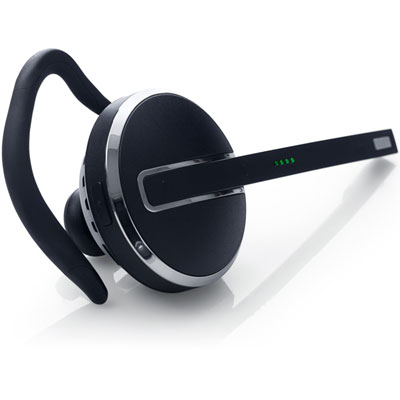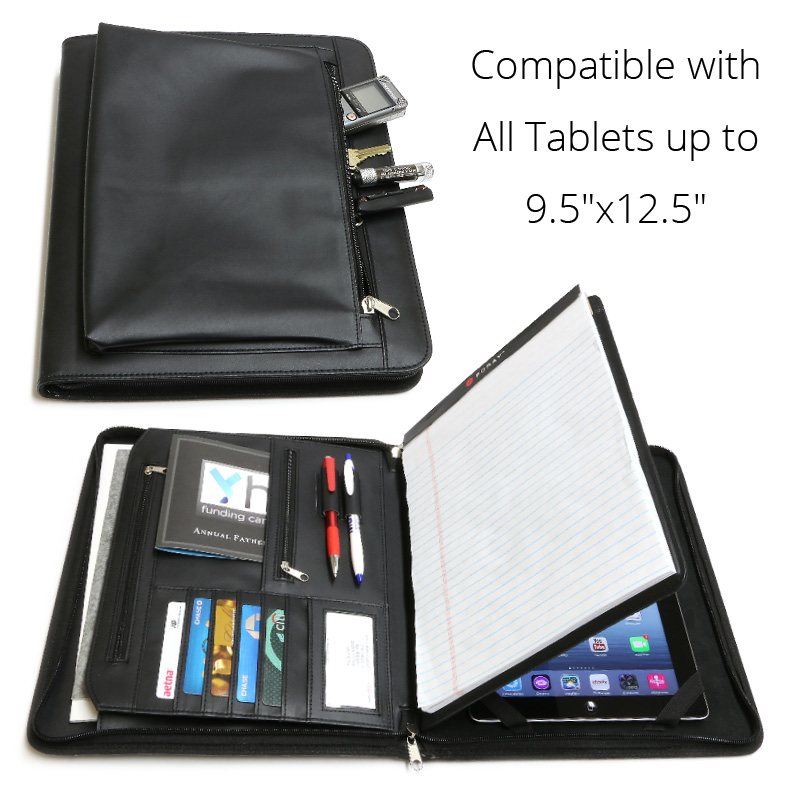

- #MAC CHARGER REPLACEMENT CABLE MANAGEMENT SERIAL#
- #MAC CHARGER REPLACEMENT CABLE MANAGEMENT FULL#
- #MAC CHARGER REPLACEMENT CABLE MANAGEMENT PORTABLE#
- #MAC CHARGER REPLACEMENT CABLE MANAGEMENT SOFTWARE#
#MAC CHARGER REPLACEMENT CABLE MANAGEMENT FULL#

#MAC CHARGER REPLACEMENT CABLE MANAGEMENT SOFTWARE#
The USB standard also provides multiple benefits for hardware manufacturers and software developers, specifically in the relative ease of implementation: When a user plugs a device into a port on a running computer, it either entirely automatically configures using existing device drivers, or the system prompts the user to locate a driver, which it then installs and configures automatically.

Because use of the USB logo is only permitted after compliance testing, the user can have confidence that a USB device will work as expected without extensive interaction with settings and configuration.Small devices can be powered directly from the USB interface, eliminating the need for additional power supply cables.The USB interface is hot-swappable (devices can be exchanged without rebooting the host computer).As such, USB devices often do not have user-adjustable interface settings.

#MAC CHARGER REPLACEMENT CABLE MANAGEMENT SERIAL#
The Universal Serial Bus was developed to simplify and improve the interface between personal computers and peripheral devices, such as cell phones, computer accessories, and monitors, when compared with previously existing standard or ad hoc proprietary interfaces. Main article: USB hardware § Connectors Available connectors by USB standard
#MAC CHARGER REPLACEMENT CABLE MANAGEMENT PORTABLE#
USB connectors have been increasingly replacing other types as charging cables of portable devices. Examples of peripherals that are connected via USB include computer keyboards and mice, video cameras, printers, portable media players, mobile (portable) digital telephones, disk drives, and network adapters. It has largely replaced interfaces such as serial ports and parallel ports, and has become commonplace on a wide range of devices. USB was designed to standardize the connection of peripherals to personal computers, both to communicate with and to supply electric power. 12 Comparisons with other connection methods.


 0 kommentar(er)
0 kommentar(er)
